
On exactly his 50th year in advertising, Vincent R. Pozon -- Vince to most, 'Koyang' to adfolk, 'Tatay' to his students and present staff -- decided to start a series of articles where he answers questions often asked of him.
This article is the fifth installment of the conversation. He hopes it can be of value to the young and the newcomer.
"Is there a myth in advertising that you would like to dispel?"
Koyang: One, the myth that it is art. Advertising is a science, a very precise one. For instance, the words this is said were strategically designed for impact. Every pause, be that from a period or comma, has a reason for being there. The color and font for a logo, the way an ad is laid out, the photography, all follow the dictates of the copy strategy.
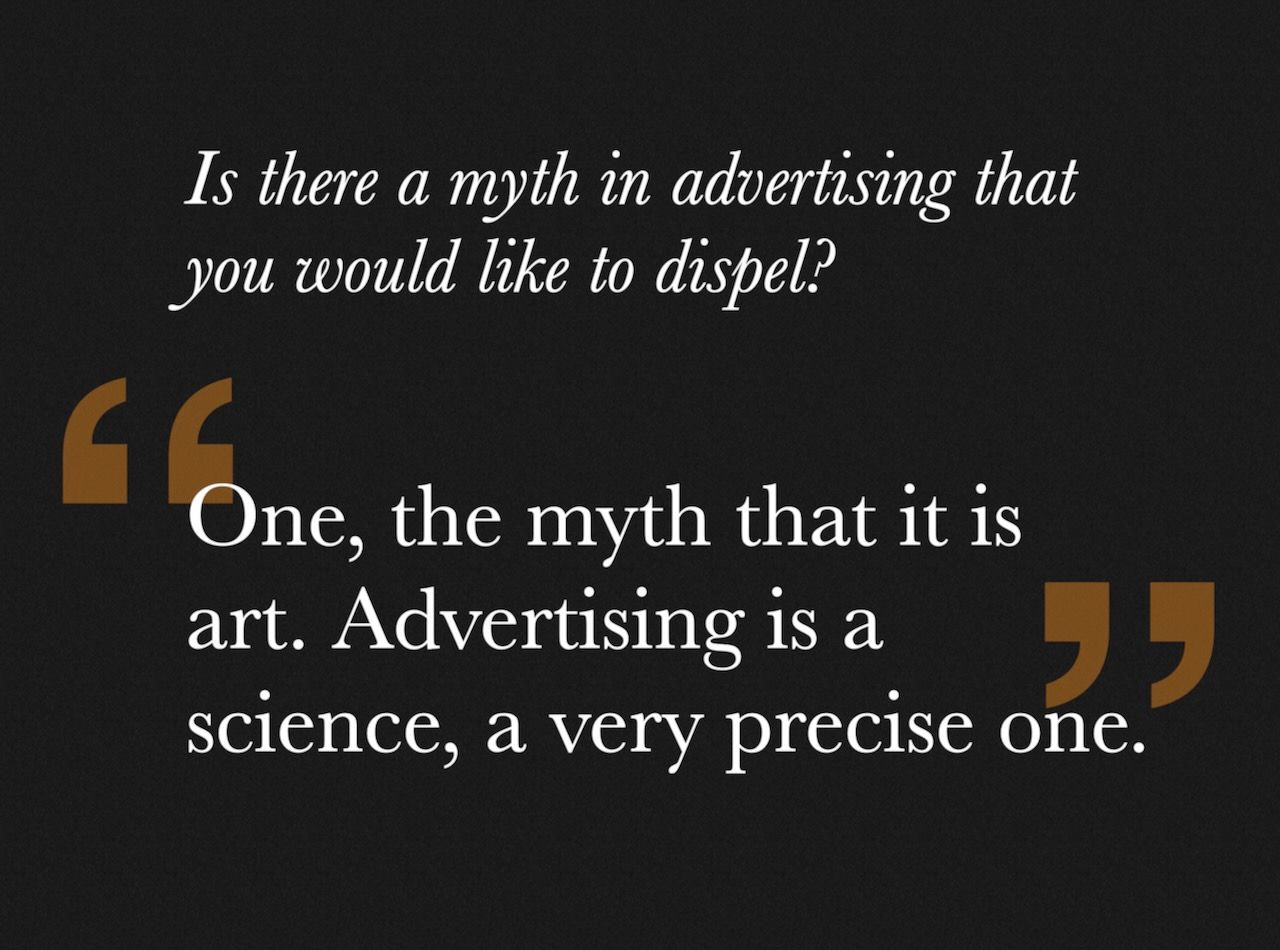
"But there are advertising leaders in the industry who say that it is art."
Koyang: Art is the opposite of what advertising is all about. In art, you are allowed to be abstruse, to be unclear. If people have a different sense of your poem or painting, it is all right. But not in commercial writing where there is only one goal, one meaning, and one desired effect – to create consent and to get him bounding out of his chair and heading to the supermarket. It is a discipline, and the copywriter is a technician.
If it’s measurable, it’s a science. I tell young people that if you want the pleasure derived from creating something 'nice', be an artist, be a poet. Advertising is too expensive for one to indulge the desire to express and impress.
"Why is advertising necessary? Won't a good product sell itself?"
Koyang: If you ’build a better mousetrap, the world will beat a path to your door’. Emerson supposedly wrote that. Well, the US Patent Office has issued over 4,000 mousetrap patents. Only 20 or so of those patents have ever made any money. Business owners tend to believe in their products so much, they think they’ll fly out of the store without the need for advertising. A better mousetrap isn’t enough, especially in today’s complicated environment. The greatest product still needs to be handled with care and with a healthy dose of wisdom.
It is why Philip Kotler, marketing guru to the world, tells us that there are three other ‘Basic Ps’ to consider other than ‘Product’.
And, no, “Emerson never said it”, so wrote John H. Lienhard, PhD, of the American Society of Mechanical Engineers and the National Academy of Engineering.
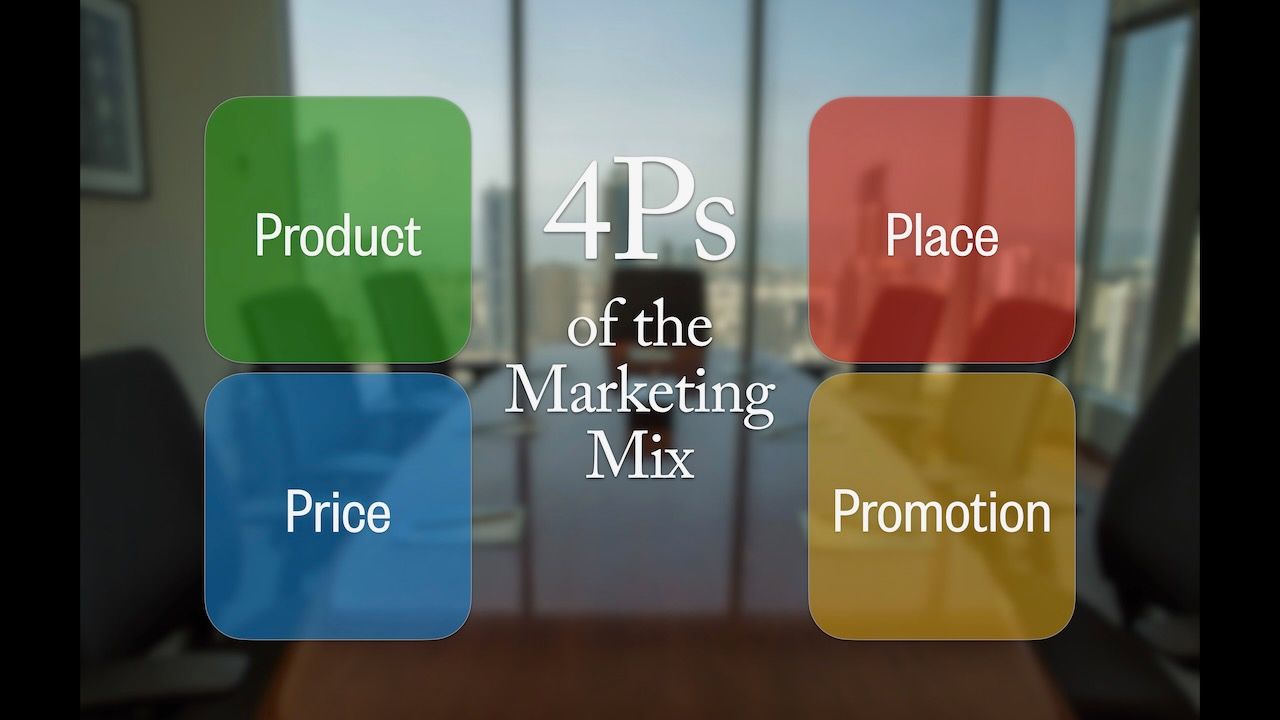
"Why does it appear that advertising today seems so bland and unremarkable compared to ads in the past?"
Koyang: The premise of the question is debatable, one I would disagree with, but having been in the industry for half a century and therefore knowing both the old and the new, I think I can help you understand the change, offer a reason why you might think so.
“Points of contact”. A television commercial, a print ad, a radio spot, a billboard was all advertising was back then. Now there are those and many more — social media, the rest of the internet, and now there’s content. And there’s less time to do things. Every single point of contact with the consumer competes for attention. TV ads can no longer afford to try to be non-verbal masterpieces of communications because nobody is watching like they used to.
Your cellphone screen is a very restrictive medium to write for, but we have to make the ads work, and work well. In short, every single piece of communications has to work harder today, and can’t afford to be artsy.
When people say they are missing something in today's advertising that the old advertising had, I suspect they’re looking for a certain artsy feel. Back then you could afford to be less in-your-face, and you had more time to indulge.
Today's advertising can be described simply as more disciplined, writ powerfully for restrictive media.
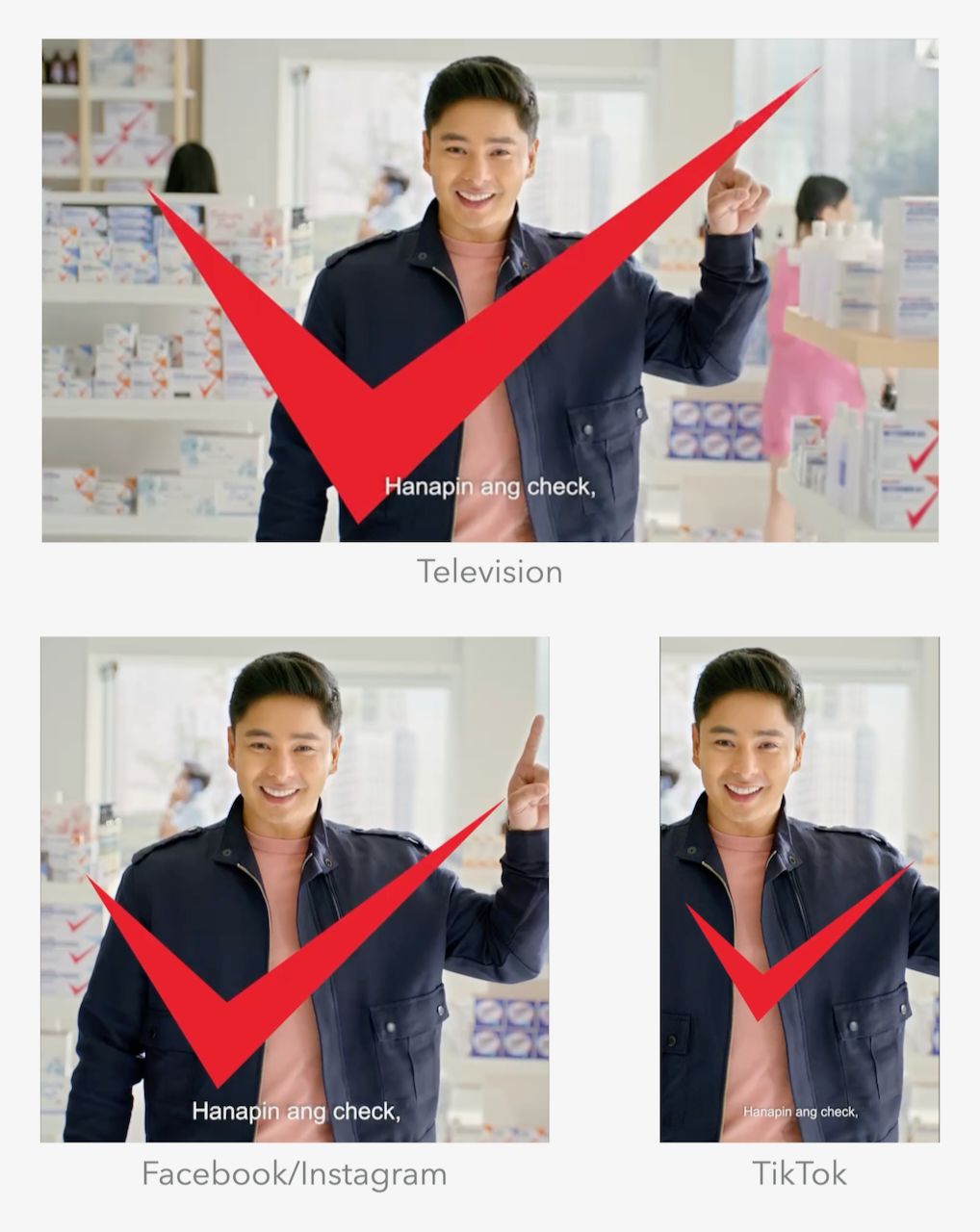
"Have you ever worked on client-side?"
Koyang: While I have helped business owners with their marketing concerns, the one thing I have not done in all 50 years is work for or be a consultant for an advertiser.
"For us entering the field, should we go into marketing or advertising?"
Koyang: I cannot answer for the road not taken. But a very clear benefit to working in advertising is that we get to understand various fields, enough to be able to sell them, and the deeper the understanding, the better the sales, the more incessant the ringing of the cash register.
Unlike people in other professions, or unlike on client-side, we do not devote our every breath -- our entire lives -- to understanding just one customer. For instance, I know cars, tires, fast food, medicines, banks, airlines, pasta, to name a very few. I like saying, facetiously, that I understand sanitary napkins better than anyone in the business today, since early in my career, probably in 1975, I was working on napkins. Adamson & Adamson's. It was a time when you couldn't show the naked napkin, pour liquid on one and you couldn't show fingers touching the napkin.
Advertising agency people are exposed to every industry that needs selling, it almost feels like we are blessed with insight. We can guess the impetus behind moves by a company, as if we understand what transpires in their boardrooms.
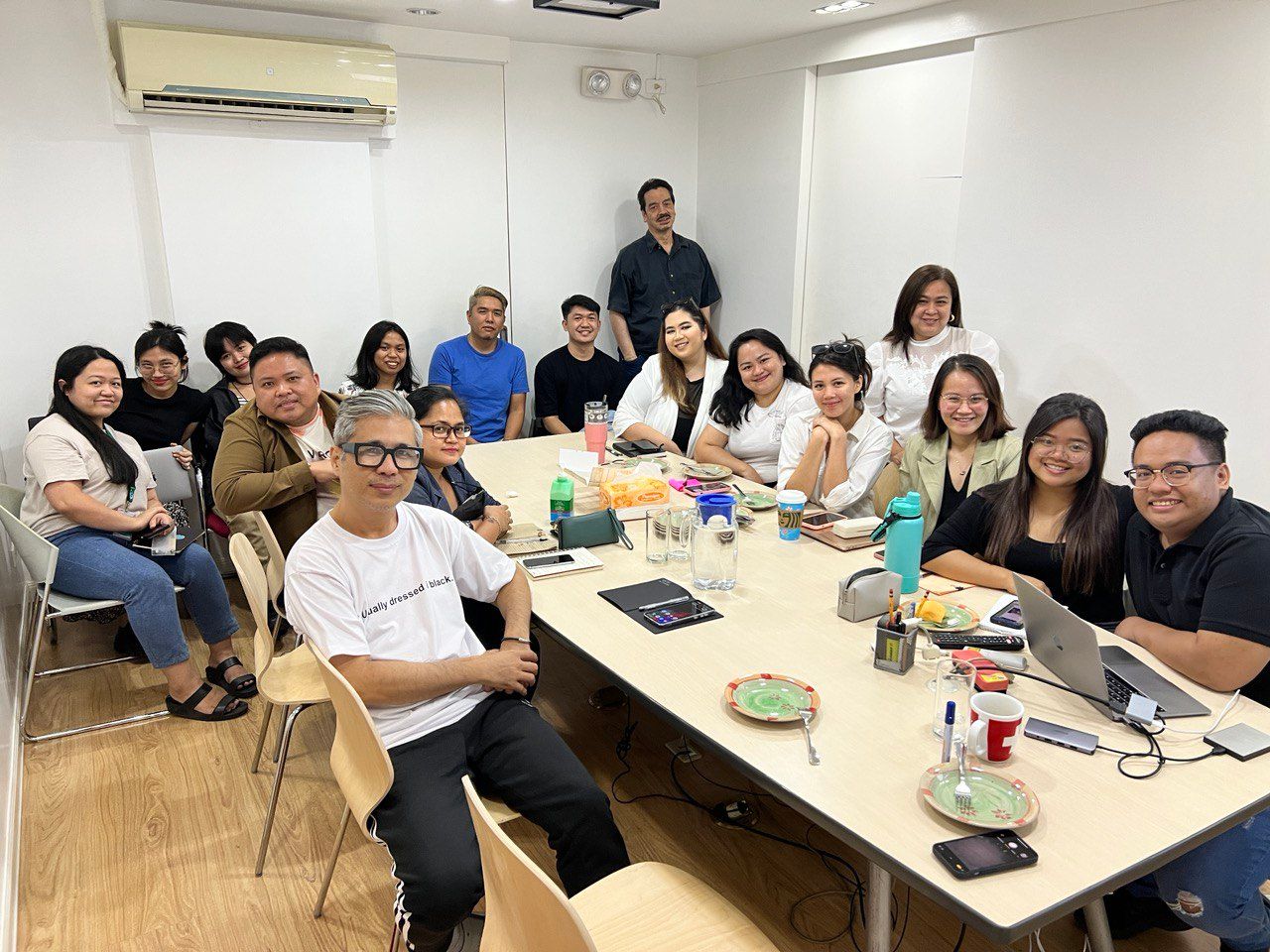
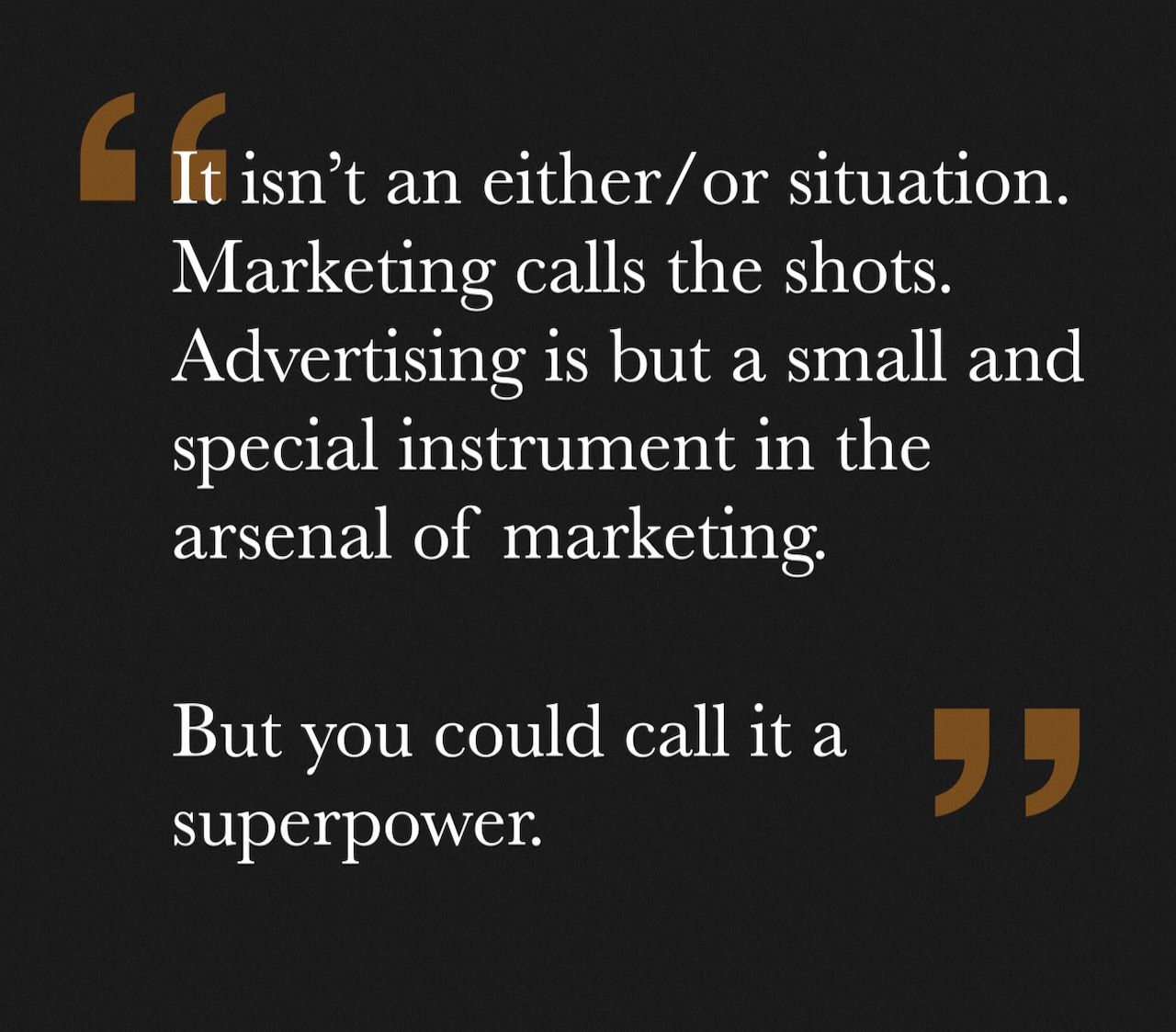
ESTIMA FOLKS with a strategic partner and interns. Every year, we host two batches of interns.
"Which is the better career path?"
Koyang: It isn't an either/or situation. Marketing calls the shots. Advertising is a small and special instrument in the arsenal of marketing. It is a different kind of expertise, and it's not just about wordsmithing, expensive celebrities or earworm jingles. You could call it a superpower: while research can provide insights, we know how the inside of the consumer's heart feels like, an understanding that allows us to sell well to him or her.

Vincent R. Pozon
After a year of college, Koyang entered advertising, and there he stayed for half a century, in various agencies, multinational and local. He is known for aberrant strategic successes (e.g., Clusivol’s ‘Bawal Magkasakit’, Promil’s ‘The Gifted Child’, RiteMED’s ‘May RiteMED ba nito?, VP Binay's "Ganito Kami sa Makati”, JV Ejercito's "The Good One"). He is chairman of Estima, an ad agency dedicated to helping local industrialists, causes and candidates. He is co-founder and counselor for advertising, public relations, and crisis management of Caucus, Inc., a multi-discipline consultancy firm. He can be reached through vpozon@me.com.
The Conversation, so far:
Ask Koyang Part 1: “How do you handle humor in advertising?" and "What is the hardest part about creating an advertisement?"
Ask Koyang Part 2: "Why do creatives treat accounts people badly?" and"Would you do a campaign for just anyone?"
Ask Koyang Part 3: "What advice do you have to people entering the ad industry?" and "why do people work late hours in advertising?"
Ask Koyang Part 4: "Can you make people buy things they don't need?" "What is the brutal truth about advertising?" "What would change in our society if we didn't have commercials?"
Ask Koyang Part 5: “Can’t a good product sell itself?" and "marketing or advertising -- which is the better career?"
Ask Koyang Part 6: "How do you know if you have a terrific idea to present?" and "How do you present effectively?"
If you liked what you just read and want more of Our Brew, subscribe to get notified. Just enter your email below.

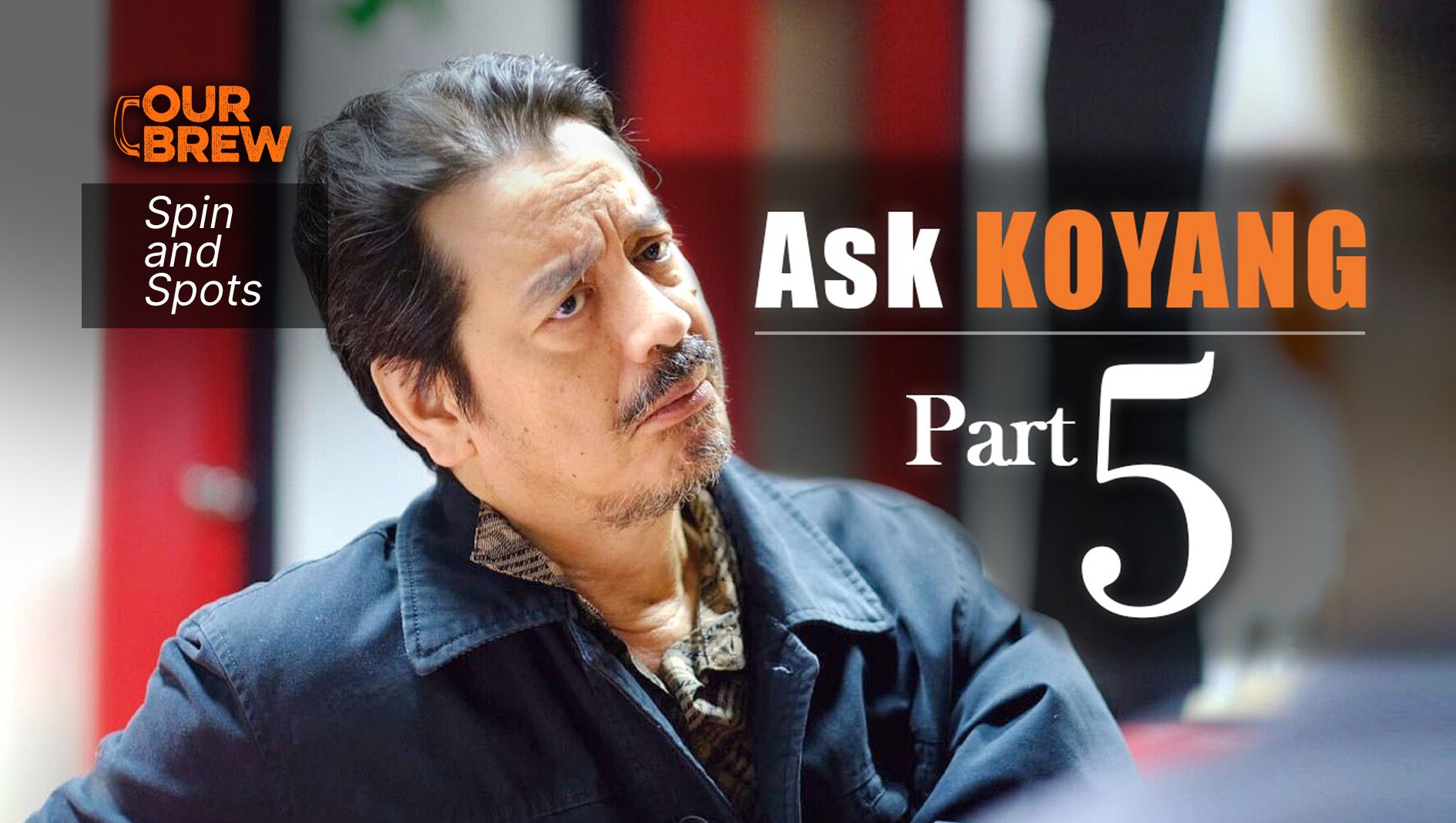
Related Posts
What We Get Wrong About This Strange Thing We Call Advertising
Jul 02, 2025
The Party as a Person: The Story of ‘Pag Mahal Mo, Akbayan Mo’
May 16, 2025
Frequently-Asked Questions About Advertising – Part VII
Apr 11, 2025